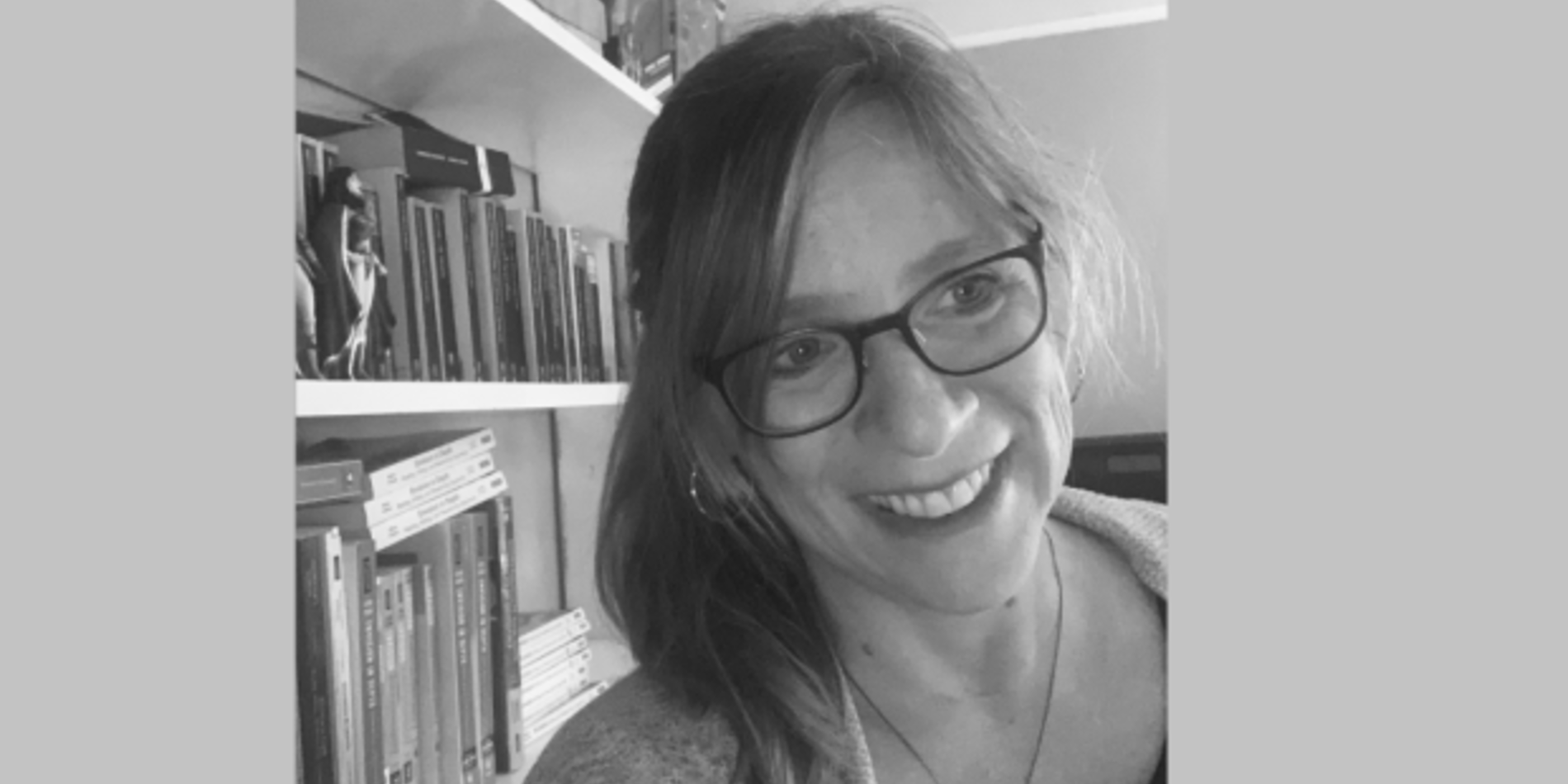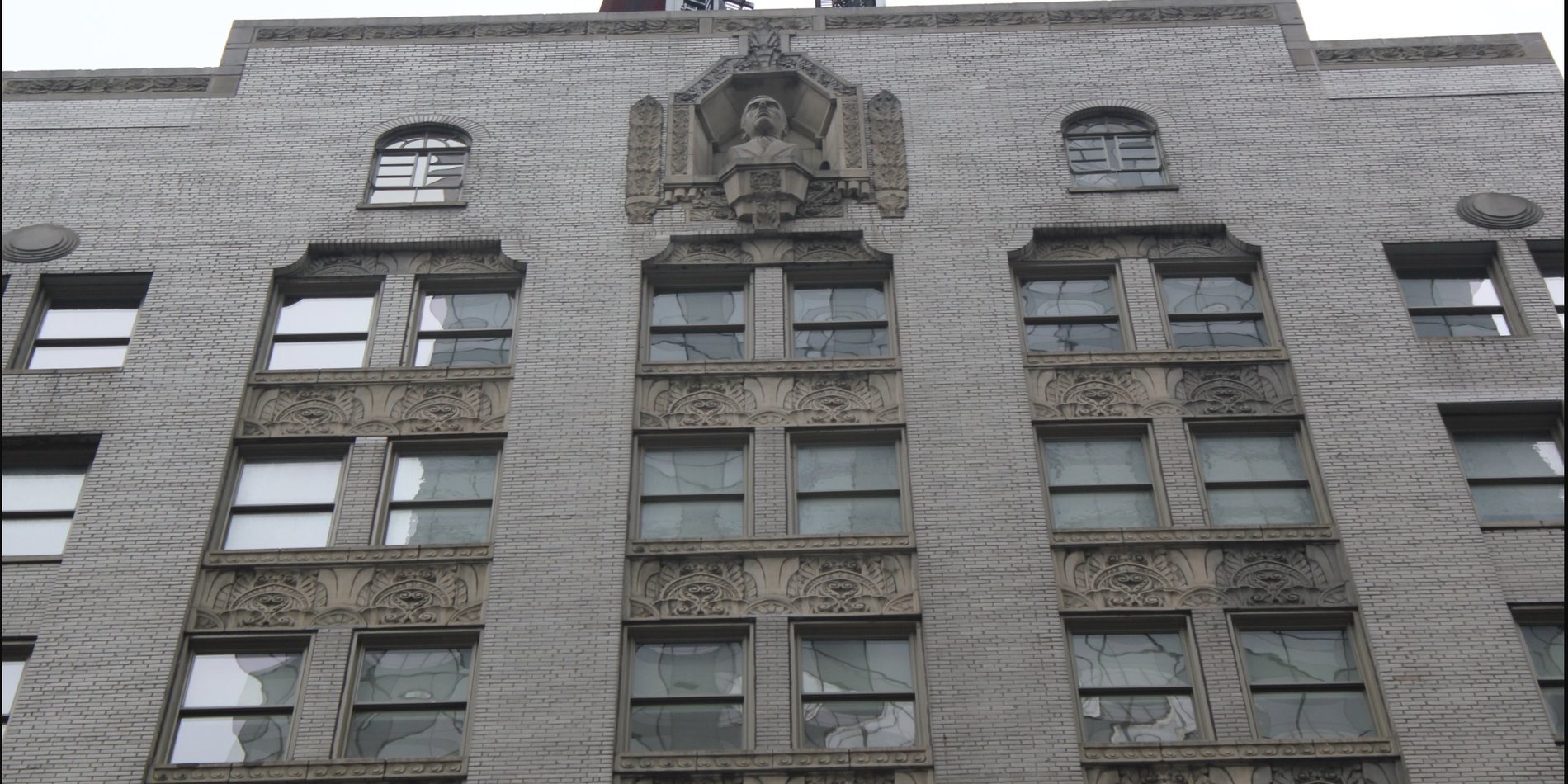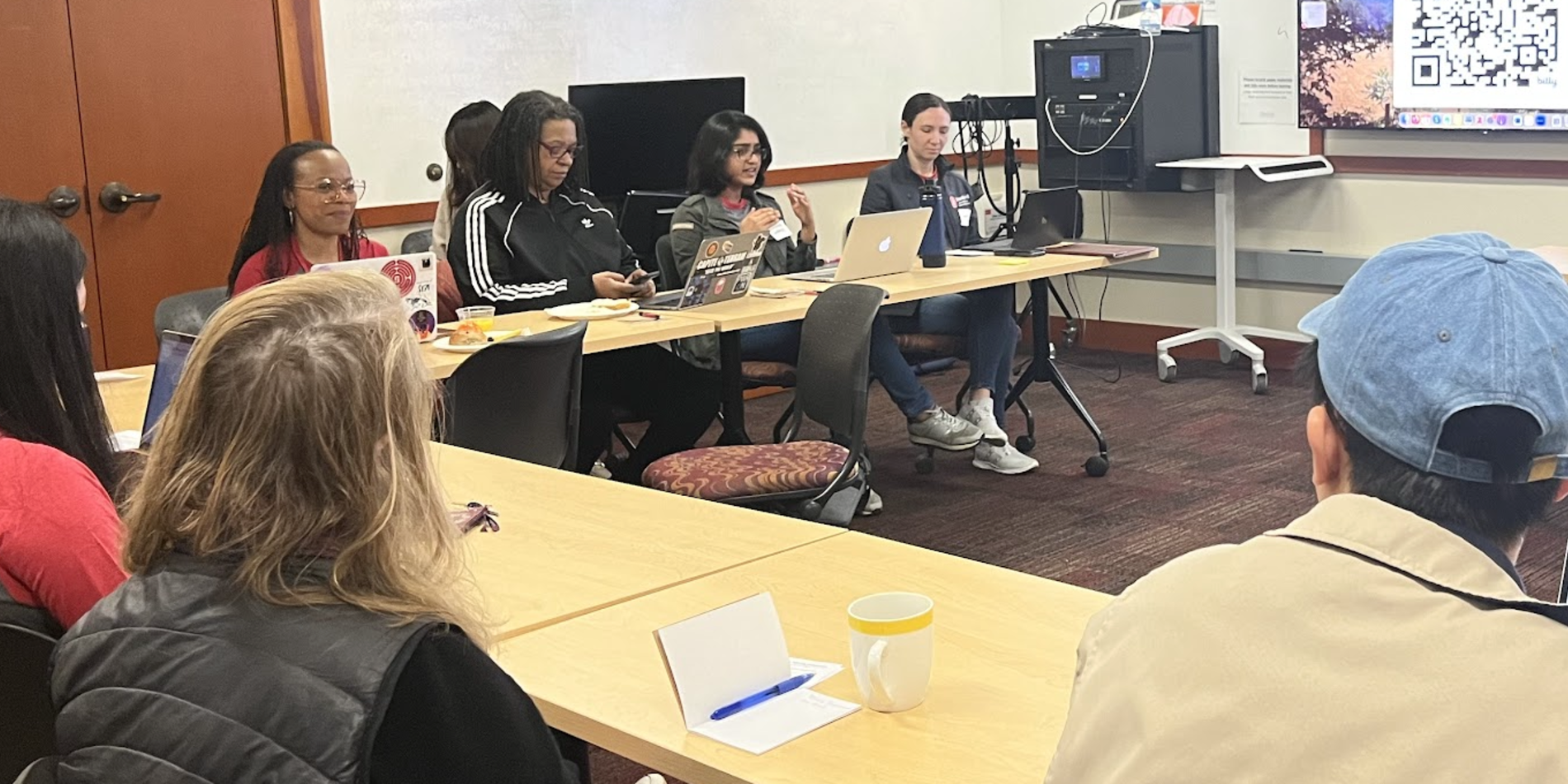By Sarah Perkins
Over the course of this past year, I have been on a mission to better understand the institutional history of PWR. As someone who has taught writing at Stanford for over a decade, typically for programs and courses in the humanities, I know my fascination stems in large part from the fact that I was first taught to teach in a 2009 PWR orientation seminar led by Andrea Lunsford and Marvin Diogenes, when second-year English graduate students often served as its instructors. Young and inexperienced as I was at the time, looking back I know it is not an exaggeration to say that teaching my own course, “‘Is It True What They Say About Dixie?’: The Rhetoric of the American South,” is what kept me in graduate school. Even then I realized there was something special about PWR. Not only would it inform my pedagogy in the range of programs and courses I would go on to teach at Stanford, but it also inspired me to take on many part-time and summer gigs teaching writing at Foothill College where the rigorous PWR assignment sequence became my notorious M.O.
Suffice it to say, returning to the PWR classroom over this past year has felt a lot like coming home. Last fall, in preparation for my 2018 courses, I began meeting with Marvin to study not just the curriculum itself but also the origins and philosophies of the program more broadly. This time around, I wanted to understand the history of the program and its role in the university by way of its broader academic contexts and the early history of rhetoric and composition in US colleges. In one of our meetings centered on the 1960s, I asked Marvin offhandedly if he could think of anything specifically Stanford that I could read, something that might connect this early history of rhetoric and composition programs to what was happening at Stanford at the same time. I remember Marvin scanning his bookshelves for awhile only to pull out a book that looked in size more like a dissertation, its binding an inch thick, without any Cardinal red leather cover. Instead, along its worn black binding ran a peeling, yellowing label with VOICE PROJECT - 1967 handwritten in black marker. He handed the book to me and suggested I take a look.
What I discovered in the pages of Voice Project was a fascinating story about innovation in writing pedagogy that used the tape recorder to help students interrogate the notion of spoken and written “voice” that occurred at Stanford during the 1966-67 academic year. In 1966, of course, there was no PWR. But there was an early iteration of what we now know today as PWR1 that went by the name of Freshman English. Housed in the English Department, this frosh requirement was premised on a traditional pedagogy of teaching writing by way of literature. In 1966, however, incoming Stanford students were invited to complete Freshman English through participation in an experimental project. Designed and taught by a diverse nationwide group of writers, the Voice Project was hosted by Stanford and funded by the US Department of Education, Health, and Welfare. Published in October of 1967, its final report—what Marvin handed me to read—describes in detail the year when one hundred Stanford frosh were allowed to "drop out” of Freshman English and complete the requirement in a new way, one that perhaps more closely resembles the PWR1 and PWR2 sequence our students take today. For the students selected to participate in 1966, the replacement to Freshman English had many unique features: new teachers (scholars from across the country and all disciplines), new technology (the tape recorder!), new rules (20 students per class, no grades), and, most critically, new engagement with local elementary, middle school, high school, and college prep courses and writing communities.
The more I reread the final report the more amazed I become by it. In 305 pages, it manages to provide a coherent summation of what was clearly a massive logistical undertaking. Introduced by Voice Project director John Hawkes and divided into five sections, the document includes essays from preeminent scholars, logs of what went on in the classroom by graduate students, samples of student writing and teacher feedback, administrative notes from meetings with program consultants, undergraduate reflections about their teaching experiences in local schools, and an appendix of responses to the project as a whole. Voice Project participants employed the tape recorder (one specifically designed by Ampex in Redwood City) as a literal means to “turn on” the project. Teachers, students, and administrators recorded every class and meeting only to then transcribe each recording verbatim, many of which are included in the final report. In this way, the document offers its readers an incredible archive of teaching materials. Moreover, the project, premised as it was on a pedagogy of experimentation and play, makes no effort to hide its many improvisations; rather, its writers highlight the power of idiosyncratic teaching practices precisely for their ability to open up space for conceptual discussions about writing. Time and again, the report documents what happened the second a writing teacher flipped the switch on his students — either through turning on the tape recorder or handing out the “dittoed copies” of a transcript — and asked students to consider anew their notions of the “voice” of a given piece. Through its class logs, the report highlights just how quickly and fundamentally the conversation changed in these moments. Students turned from debates about sound and syntax to questions of expectation and assumptions, cultural difference, authenticity, and agency. For all its focus on voice as the “multiform innovation,” the report shows the writing classroom as itself the innovative space to “talk out” pretenses about voice in writing as somehow innate, something to be found or possessed. Similarly, for all the project’s foregrounding of the tape recorder as its critical tool, the report demonstrates how it’s the writing classroom itself which overflows with opportunities to question assumptions about technology in writing as an intrinsic good.
I read the Voice Project report as an investigation into the pedagogical issues that we continue to face today. Paced though it is at a breakneck speed and barreling as it does through so many voices and representations of teaching, the report uses its relentless mixing of genres to highlight the multivalent, dialogic, and conversational momentum created in the classroom. You can hear in the project’s final summations an air of “it is what it is,” a kind of shrug at the very idea of any singular, didactic, or even theoretical conclusion about voice. Clearly the tape recorder hadn’t solved the mystery of the relationship between the spoken and written word once and for all. But at the same time enthusiasm seems to undergird that sense of acceptance at the report’s end too: it is what it is! Through its multimodal, multi-genre form, the project ultimately demonstrates that there is much to be gleaned from our sheer attention to the ambiguities of “it,” this thing we call voice, most especially when, in the lingo of the project, we “talk out” and share what we are thinking about writing or what we have written.
The Voice Project details only a year in the life of teaching writing and speaking at Stanford, yet its legacy is one that I believe still shapes PWR. Though there is no reference to the project’s future timeframe in the 1967 report, it was originally proposed to last for three years, not one. The project ended early and it seems to me our cultural moment is just as ready for radical attention to the relationship between writing and speaking, just as vulnerable to an oversimplification of rhetoric in dominant discourse, just as in need of academic communities to reach beyond their campuses. The Voice Project report is a provocative demonstration of what can happen when experimental pedagogy reaches outside of Stanford, into the wider community, and grows. I think it would be an incredible project for us to pick back up or, perhaps more pointedly, bring home. If you are interested in joining a Voice Project reading group or in collaborating toward a Voice Project 2.0, please reach out and I’d love to talk more.



